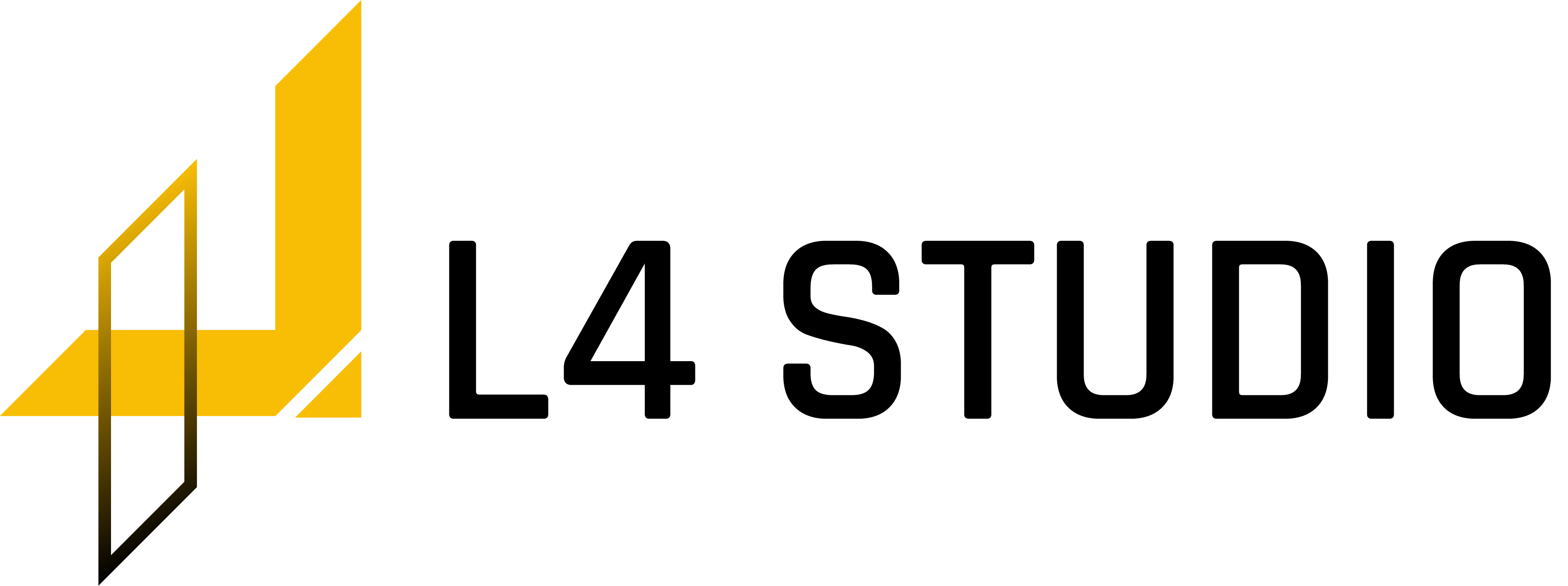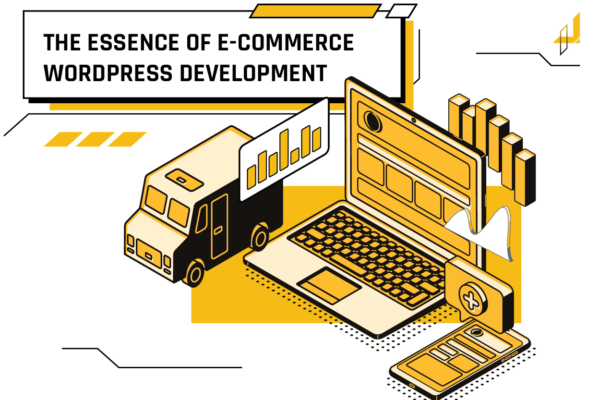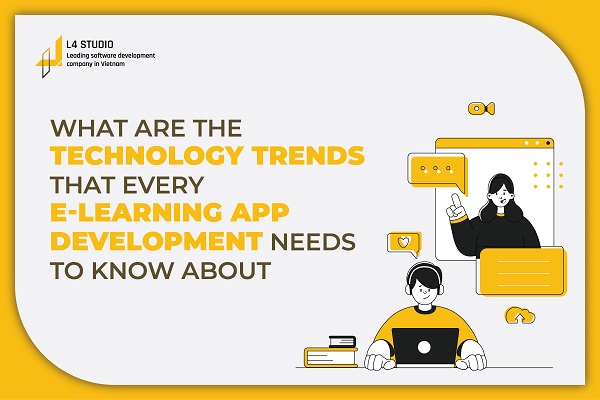
WHAT ARE THE TECHNOLOGY TRENDS THAT EVERY E-LEARNING APP DEVELOPMENT NEEDS TO KNOW ABOUT
The education sector has undergone a significant change since the pandemic. The focus of education today is on critical thinking, creativity, and connectivity rather than lectures, notes, and assignments. But to not be left behind, what are the current trending of e-learning app development?
1. ARTIFICIAL INTELLIGENCE (AI)
Whether it’s for TV watching, dating, or shopping, artificial intelligence (AI) has gradually assimilated into our daily lives. In many sectors, AI has a significant impact on the creation of mobile applications. The educational process will change in several ways as a result of this technology. Personalization is one of the biggest advantages of e-learning app development in the education sector.

Figure 1. AI can help with the personalization of the learning process
2. VIRTUAL REALITY (VR)
Virtual reality is the term for the use of computer technology to create a simulated environment (VR). Virtual Reality (VR) has advanced significantly in mobile learning over the past two years and has become a powerful tool for online learning. For instance, the mobile app Anatomy VR instructs you on human anatomy. E-learning app development agencies can use virtual immersive 3D navigation to show the anatomical structures of different human body systems.
3. AUGMENTED REALITY (AR)
In the same way that virtual reality (VR) creates new virtual worlds, augmented reality (AR) simulates effects in the real world. Google Translate is a good example of a program that can translate text that is being recorded by your camera in real-time. With the aid of augmented reality learning activities, you can play interactive educational games with your students. This increases learning retention and creates new opportunities.
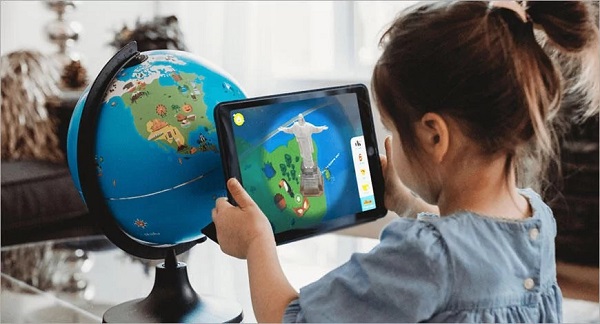
Figure 2. AR is the new way to help students have more knowledge in a more interesting way
4. GAMIFICATION OF THE LEARNING COURSE
The second of the aforementioned forms of gamification is typically what educators mean when they discuss it. Gamification in education refers to the application of game design principles to a learning environment through e-learning app development services. Usually, the aim is to increase learning engagement.
Given the stark differences between, for example, chess, The Sims, and tag, it can be challenging to break the concept of a “game” down into individual game design components. In reality, games can have a wide variety of elements, and different players are drawn to different elements.
Even if the final product isn’t quite a game, a lesson has been gamified when educators incorporate features like those listed into it. However, educators should also be aware of less structured features like decorating a classroom to match the setting of a lesson or giving students unusual projects. Some features, like scoring and badges, are frequently used. Think about students who wouldn’t want to leave their educational environment!
A successfully gamified lesson maintains the same learning objectives while also making learning more enjoyable. The use of gamification in the classroom can increase engagement and motivation, which helps to mitigate student-driven problems.
5. INTEGRATED CHATBOTS
Students today are exposed to technology on a much greater scale than we were. Due to the prevalence of personal smart devices among students, e-learning app development management is now widely accepted in schools. Their school hallway currently consists of instant messages, virtual assistants, and social media, where students share not only messages but also study materials, collaborate on assignments, and conduct research.
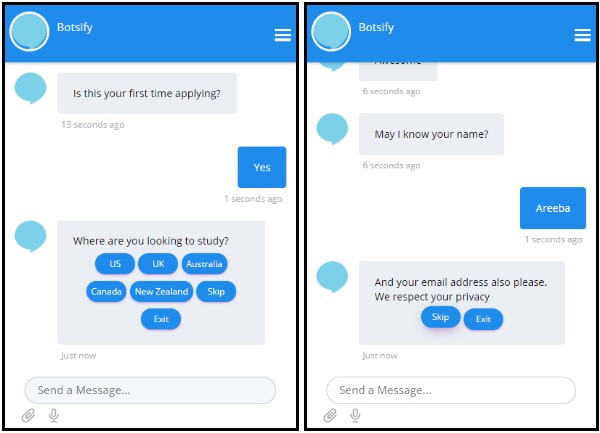
Figure 3. A chatbot can save teachers a burden of time to reply to some common questions.
This benefits their learning process and increases their interest in particular subjects. Consider messaging apps as a means of communication between students and teachers, like in the classroom across departments or between various activity clubs or alumni groups.
Overall, a chatbot will make it simpler for students to learn about their assignments, due dates, and other important information.
6. BLOCKCHAIN INNOVATION
Data storage is just one advantage that the Distributed Ledger Technology (DLT) from blockchain offers to education. The amount of storage is technically infinite since each time new data is uploaded, it creates another “block” into the system. The data will be dispersed throughout the system’s many computers while also being encrypted. Data exchange becomes decentralized and transparent as a result.
Massive Open Online Courses (MOOCs) and e-Portfolios make effective use of blockchain technology to validate students’ abilities and knowledge. For e-learning app development agencies, the DLT systems will provide solutions to the issues of authentication, size, and affordability. Also, it can assist student candidates in publishing their successes when they are looking for work.
7. ANALYTICS FOR LEARNING
Particularly for higher education, the contemporary environment of learning analytics has radically changed.
By the use of learning analytics, educators may monitor and report on students’ progress online. They can use such information to maximize their understanding of learning.
Teachers may enhance their students’ acquisition of information and skills by reading the insights from their learning processes. For instance, teachers might see which informational medium pupils prefer (text, pictures, infographics, or videos) and use it more in next sessions. Teachers would also take note of any knowledge that wasn’t presented well so they may improve it the following time.
Moreover, learning analytics aids instructors in locating groups of kids who could be experiencing behavioral or academic difficulties. From there, educators might devise a strategy for assisting pupils in realizing their full potential.
8. STEAM
The new EdTech innovation above STEM curricula is STEAM-based programming. Using practical learning exercises and innovative design, this new EdTech trend applies relevant Science, Technology, Engineering, Art (the new element), and Math material to resolve real-world issues.
The first benefit of STEAM is that it encourages children to become more inquisitive about their surroundings. Also, it fosters a secure environment where students may experiment with their ideas and think beyond the box. Students are more comfortable when engaging in hands-on learning, which enhances teamwork.
9. BIG DATA WILL EXPAND
With e-learning app development, the learning process will be individualized in order to meet the demands of the learners. Also, with the success of online education and the COVID-19, we now have more data than ever. In order to adapt and offer the course in an appropriate way, instructional designers have pertinent information about learners’ experiences. The course subject, the number of students enrolled, their performance (time spent on each course, completion rate, test score), and their comments are some details you should check for (rating, survey).
10. SOCIAL MEDIA FOR EDUCATION
Have you ever considered how social media could affect your education? Why don’t we use social media as a potent tool to improve learning when every student—young and old—spends so much time there?
It’s how the concepts for using social media for education emerged. Social media is now widely used in educational institutions as a communication tool so that students may readily communicate with one another. Students may quickly remark on another person’s post, share study resources, and have group discussions. Even an animated educational film has the potential to go viral online. And TedEd is the quintessential illustration of this tendency! This group produces instructional films that are worth sharing and uploads them to YouTube so that users may find them, watch them, and share them with their friends.
11. MICROLEARNING
The new learning method for the twenty-first century is called microlearning, and it is intended for people who don’t have enough time to commit to studying. Experts claim that this technique can increase the study’s effectiveness by 17%. Constant study requires a lot of time and focus on the subject, which many students find difficult to undertake.
This technique may be applied by breaking the instructional activity up into manageable chunks. In order for pupils to comprehend the material within no more than 10 minutes of instruction. The individual using this tactic must devote all of their concentration to comprehending the topic. As a result, well-known educational mobile app development companies are creating e-learning app development based on microlearning approaches.
12. CLASSROOM INTERACTION
Technology in the classroom has improved engagement and interaction. Using eBooks, the course material can include movies, augmented reality, audio files, etc. incorporated in it. For example, if the use of a paraphrased eBook in a classroom… Students may now do all of their academic work at home and all of their practical work at school thanks to the flipped classroom approach.
The way that courses used to operate in the past has changed as a result of all these new technologies. Now, teachers may help and advise students while they complete their assignments in class.
In order to make the learning process more engaging for the students, teachers might hold debates and other activities in the classroom. Several schools and institutions now place a high focus on fostering contact and involvement. Due of its capacity to maintain student engagement in the classroom, this method of learning has grown in popularity in recent years.
SUMMARY
Since the world has advanced to a new level of acceptance of technology-mediated activities in all fields, online education and e-learning app development have emerged as prominent sectors that demand an app interface.
Source: Internet
——————————
L4 STUDIO – LEADING SOFTWARE DEVELOPMENT COMPANY IN VIETNAM
Website: https://l4studio.net/
Email: hi@l4studio.net
Phone: (+84) 28 6675 6685
Our Mobile App Development Services: https://l4studio.net/mobile-app-development/
For more exciting blogs: https://l4studio.net/it-knowledge/
Follow us at: https://www.facebook.com/L4Studiovn/
Read more: TIPS FOR BUILDING SUCCESSFUL ELEARNING APPS WITH EDUCATION SOFTWARE SOLUTIONS DEVELOPMENT
